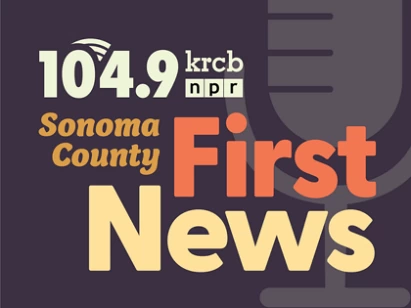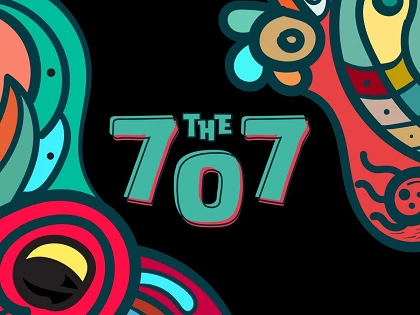 photo credit: Noah Abrams/KRCB
photo credit: Noah Abrams/KRCBDense forest land outside Cazadero, CA.
Fire has long been part of California's ecosystem, but a century of fire suppression has largely divorced our connection to its important ecological role - as well as its cultural importance to native communities.
Brock Dolman is a restoration biologist and co-founder of the Occidental Arts & Ecology Center.
"I really think about fire as a verb," Dolman said.
For Dolman, the question around fire is the balance between frequency and intensity.
"There are good reasons to put fires out when we don't want them," Dolman said. "I'm not dissing on fire suppression per se, but the reality of having focused on that so much is that we have these low frequency fires, which have a significantly high intensity to those fires."
Put another way - lots of small and controlled fires can reduce the natural fuels that build up within a forest. A lack of frequent fire can allow dangerous overgrowth and create conditions for major wildfires like 2020’s Walbridge Complex Fire.
"When the keystone processes of the legacy of logging and fire suppression are out of balance, Doug Fir has the capacity to be quite, uh, aggressive and can take over and encroach into grasslands, into chaparral or into hardwoods," Dolman said.
Dolman said areas where lots of young trees have grown in packed spaces are particularly vulnerable.
"There's a lot of dead limbs all the way down the trunks that are like kindling," Dolman said. "We refer to those often as a fire ladder. The idea that fire could climb the ladder of those dead limbs and take a ground fire and convert it into a crown fire, which is what we don't want as fire in the crown."
"Limbing and thinning” are important vegetation management steps to disconnect the fuel ladder between the forest floor and the treetops, and Dolman says so too, knowing your specific environment.
"Which type of vegetation are you needing to manage?" Dolman said. "Is it a coniferous forest? Is it a hardwood woodland? Do we have chaparrals, a coyote brush? Is it grassland? Is it riparian? Because the tools and the tactics are different depending on the, the type of community."
You can hear more from Dolman’s recent talk to FireSafe Sonoma on the FireSafe Sonoma Youtube channel.

 Live Radio
Live Radio




